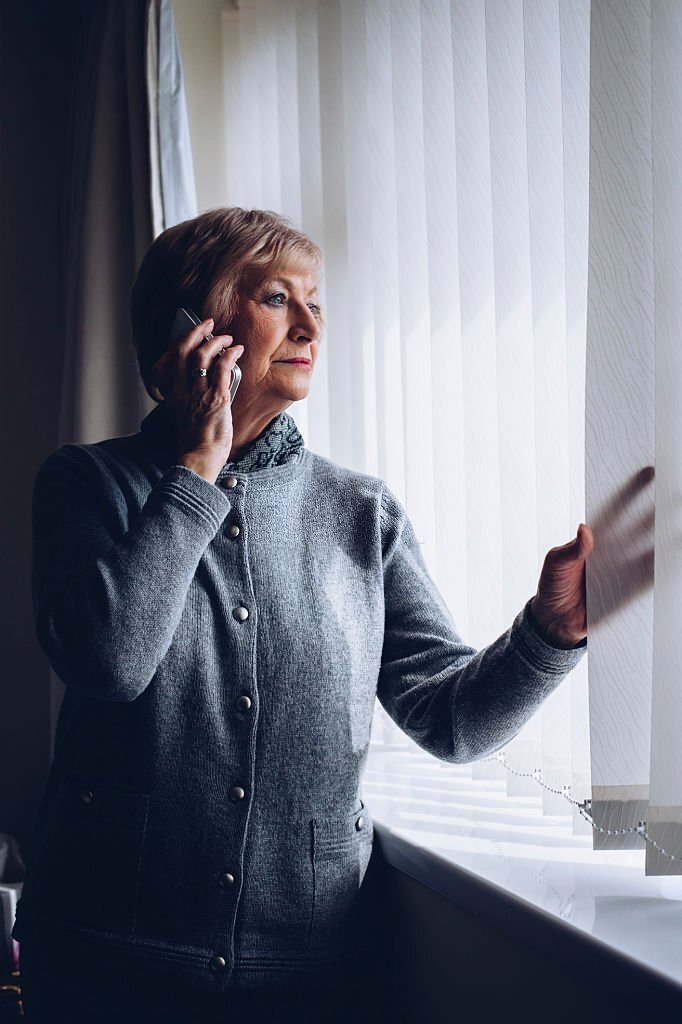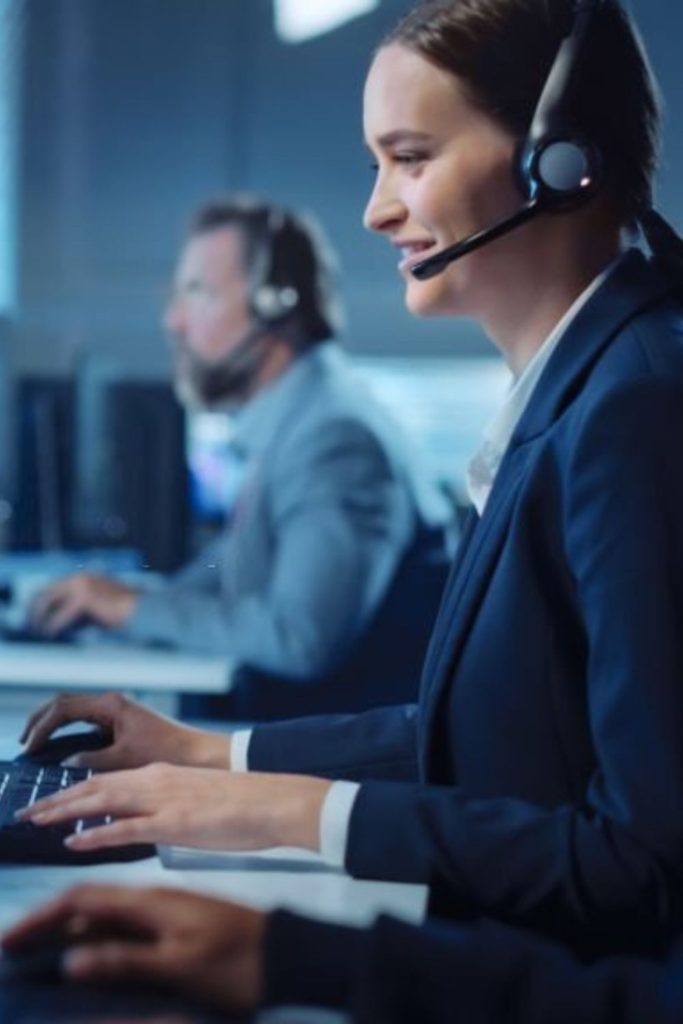All About 911
Toll Free Call
A quick history of how 911 came to be. On September 11, 2001, 19 members of the Islamic terrorist group al Qaeda hijacked four planes and carried out suicide attacks on American targets. Two of the planes collided with the World Trade Center twin towers in New York City, another with the Pentagon in Arlington, Virginia, just outside Washington, D.C., and the fourth crashed in a field in Shanksville, Pennsylvania. The 9/11 terrorist attacks killed over 3,000 people, sparking enormous counter-terrorism programmes in the United States and defining George W. Bush’s presidency.
The impact blew a large, burning hole in the 110-story tower’s 80th level, killing hundreds instantly and trapping hundreds more on top levels. As a result of this, the 911 attacks occur.
The three-digit phone number “9-1-1” has been established as the “Universal Emergency Number,” via which residents across the country can request emergency help. It is meant to be a national phone number that allows the general public to quickly and easily reach a Public Safety Answering Point (PSAP). In 1957, the National Association of Fire Chiefs lobbied for a single number for reporting fires, kindling the first spark in the United States for a countrywide emergency telephone number.


The President’s Commission on Law Enforcement and Administration of Justice advocated in 1967 the establishment of a “one number” for reporting emergency circumstances across the country. The usage of several phone numbers for different types of emergencies was regarded contradictory with the concept of a single, universal number. On February 22, 1968, Nome, Alaska established 9-1-1 service. By the end of the twentieth century, 9-1-1 services had reached over 93 percent of the US population. 95% of the coverage was provided through enhanced 9-1-1. 9-1-1 services are available in approximately 96 percent of the geographic United States.
The Federal Communications Commission (FCC) requires suppliers of PSTN-connected VoIP telephone services to fulfill Enhanced 911 (E911) regulations. E911 systems automatically provide emergency responders with the call-back number and, in most circumstances, geographic information of 911
callers.
To mitigate potential threats to public safety, the FCC mandates connected VoIP providers to
- Provide 911 services to all customers automatically as a basic, mandated feature. VoIP
customers may not be able to “opt out” of 911 services. - Prior to service activation, get a customer’s physical location and provide one or more simple options for clients to amend the location they have registered with the provider if it changes. With a callback number and the caller’s registered physical location, all 911 calls should be routed to the proper emergency services contact centre or local emergency authority.
- Take the necessary measures to make clients aware of any limits to their 911 service. Providers must provide labels informing customers that 911 service may be limited or unavailable, and consumers must be encouraged to display the labels on or near VoIP equipment.
Amont IT VoIP ensures you get the e911 feature on your numbers and devices as part of a smooth onboarding process and also to keep in line with 911 regulations.
Why is it mandatory you may ask. It all started with a little girl. The Kari’s Law tale begins in 2013 with the murder of Kari Hunt in a hotel room in Marshall, Texas. Kari Hunt had split up with her husband and was residing with family. She took her three children to meet him at his hotel. When she arrived, she and her husband situated the kids in front of the television and then went into the toilet to chat discreetly. Brad Dunn stabbed his wife 21 times in the bathroom. He then fled the scene with the middle kid, but was apprehended quickly thanks to an Amber Alert.
Brianna, Kari’s nine-year-old daughter, dialed 911 four times. But she didn’t realize she had to dial nine first to reach an outside line, so the call was dropped by the hotel’s multi-line phone system. Lawyers for the Hunt family think Kari might have survived if her daughter had been able to call 911 immediately after the incident. As a result, Kari’s Law mandates that phone systems alert the front desk, security office, or other recognized authoritative persons when someone dials 911 from the institution.
If you have or are considering getting an interconnected VoIP service, you should:
- Provide your exact physical address to your connecting VoIP service provider to guarantee that
emergency services may be delivered to your place as soon as possible. - Be familiar with your VoIP service provider’s address updating methods, and quickly update
address information if it changes. - Understand any limits associated with your 911 service.
- Inform children, babysitters, and guests about your VoIP service and, if applicable, its 911 limits.
If your power goes out or your internet connection goes down, your VoIP service may not function properly. Consider adding a backup power supply, keeping a standard phone line, or using a wireless phone as a backup.
If you have any doubts about whether the phone service you are receiving is an interconnected VoIP service, contact your service provider.
Currently, 911 call centres lack the technical capabilities to accept photographs and video. Furthermore, the capacity to send text messages to 911 is limited to some places.
Click here to see all our voip services features or get started now.
